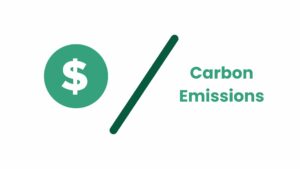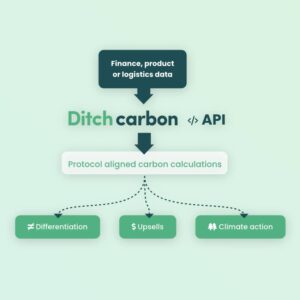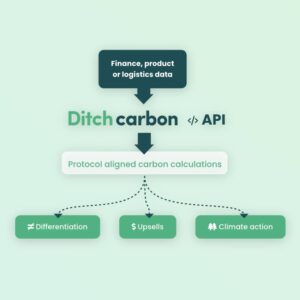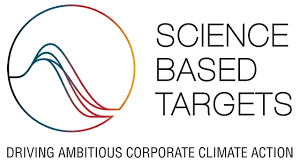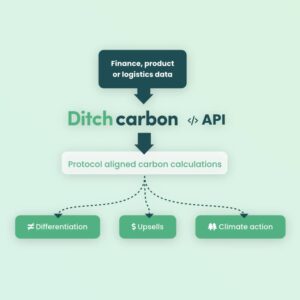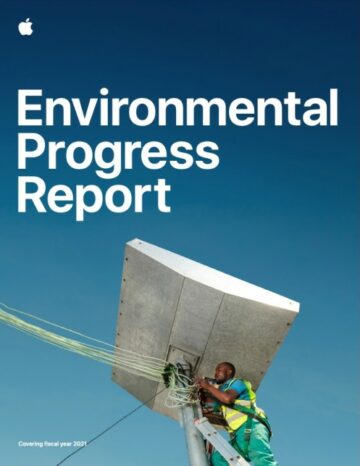Grappling with Scope 3 Category 1 emissions—those emissions originating from purchased goods and services—is not just a matter of regulatory compliance but a central component of responsible business practice. This category casts a long shadow, accounting for an overwhelming majority of emissions for companies like Airbnb (96%) and even those with extensive logistics & retail operations like IKEA (58%). This situation places procurement teams at the vanguard of climate action, compelling them to work in tandem with sustainability departments to quantify emissions from suppliers, typically through category-level calculations as recommended by respected bodies such as the SBTI and GHG Protocol.
The Initial Step: Establishing a Baseline
At first glance, the process seems direct and manageable: categorize the total expenditure, apply corresponding emission factors, and you have a baseline. This baseline is crucial—it shines a light on the most emission-intensive areas, seemingly setting the stage for targeted and effective intervention. Yet, when we scrutinize these category calculations more closely, several substantial issues emerge:
- Accuracy and Timeliness Concerns: Often, these category calculations are outdated and represent broad averages, which can lead to a skewed perception of the true emission scenario.
- Narrow Reduction Pathways: When tied strictly to spending at a category level, the apparent method for reducing emissions is simply to cut spending in those categories. This approach can be overly simplistic and even demoralizing, especially for procurement teams eager to make a real difference in the company’s climate impact.
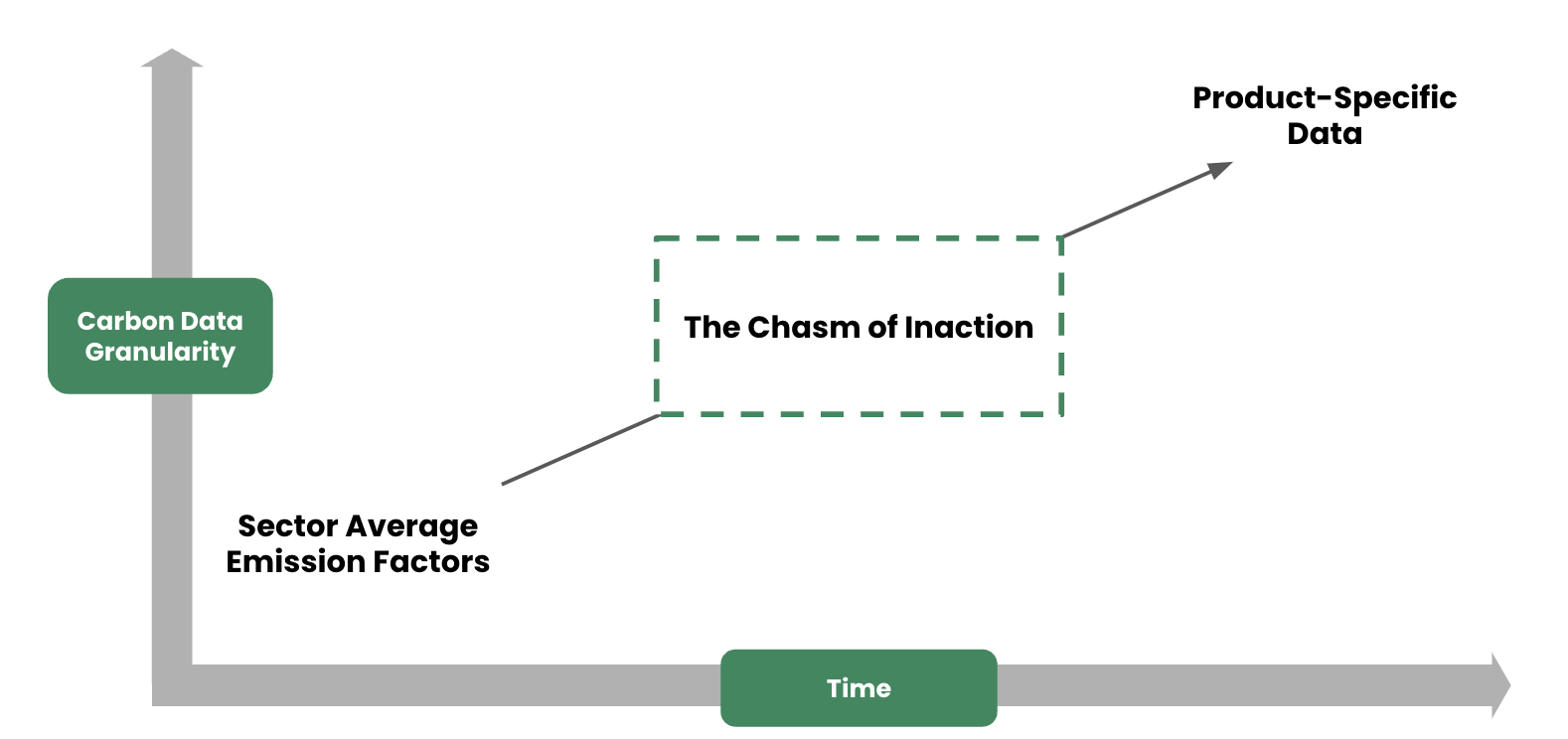

The Quest for Perfect Data
An additional layer of complexity is the mindset prevalent among some in the sustainability field, where the quest for perfect data can inadvertently hinder decisive action. In a world where every moment counts in the fight against climate change, the luxury of waiting for perfect data is one we can scarcely afford.
Understanding Perfect Data
The gold standard of perfect data would allow us to pinpoint the exact carbon footprint of every product purchased—a daunting task considering the vast array of products and the intricate, resource-intensive nature of Life Cycle Assessments (LCAs).
Overcoming the Chasm
This chasm represents the daunting divide between the aspiration for decisive climate action and the formidable challenge of securing the detailed data needed to guide such action. So, what’s the way forward?
Refining Emission Factor Calculation: A Two-Pronged Strategy
- Utilize Disclosed Data:For suppliers who have made their carbon footprint public, combine this information with their revenue data to calculate specific emission factors for each supplier.
- Enhance Standard Emission Factors: Recognize and address the limitations of generic emission factors. Incorporate adjustments for variables such as grid carbon intensity, inflation, taxes, and logistics to ensure the calculations are as accurate and applicable as possible.
Revising Calculation Methodologies


To wrap up, the chasm of inaction certainly presents formidable obstacles, but it also offers opportunities for creative and pragmatic solutions. By adopting a nuanced approach to emission factor calculation and staying adaptable in the face of imperfect data, procurement and sustainability teams can not only traverse this chasm but also transform it into a springboard for impactful, data-driven climate action.
Get in touch with DitchCarbon to find out how we can help you cross the chasm!
- SEO Powered Content & PR Distribution. Get Amplified Today.
- PlatoData.Network Vertical Generative Ai. Empower Yourself. Access Here.
- PlatoAiStream. Web3 Intelligence. Knowledge Amplified. Access Here.
- PlatoESG. Carbon, CleanTech, Energy, Environment, Solar, Waste Management. Access Here.
- PlatoHealth. Biotech and Clinical Trials Intelligence. Access Here.
- Source: https://ditchcarbon.com/blog/opinion/closing-the-gap-practical-steps-for-meaningful-climate-action-in-procurement/
- :is
- :not
- :where
- $UP
- 06
- 1
- 32
- 52
- 54
- a
- Accounting
- accurate
- Action
- Additional
- address
- adjustments
- Adopting
- against
- Airbnb
- allow
- also
- among
- an
- and
- apparent
- applicable
- Apply
- approach
- ARE
- areas
- Array
- AS
- aspiration
- assessments
- At
- Baseline
- BE
- between
- bodies
- broad
- business
- but
- by
- calculate
- calculation
- CAN
- carbon
- carbon footprint
- categories
- categorize
- Category
- central
- certainly
- challenge
- change
- chasm
- Climate
- climate action
- Climate change
- closely
- closing
- combine
- Companies
- Company’s
- compelling
- complexity
- compliance
- component
- Concerns
- considering
- Corresponding
- counts
- Creative
- Cross
- Cut
- cycle
- data
- data-driven
- decisive
- departments
- detailed
- difference
- direct
- divide
- each
- eager
- Effective
- emerge
- emission
- Emissions
- ensure
- especially
- establishing
- Ether (ETH)
- Even
- Every
- exact
- extensive
- Face
- factor
- factors
- field
- fight
- Find
- First
- Footprint
- For
- formidable
- Forward
- from
- gap
- GHG
- Glance
- Gold
- Gold Standard
- goods
- Grid
- guide
- Have
- help
- High
- hinder
- How
- HTTPS
- ikea
- Impact
- impactful
- in
- inaction
- inadvertently
- incorporate
- inflation
- information
- initial
- intervention
- into
- intricate
- issues
- IT
- just
- layer
- lead
- Level
- Life
- light
- like
- limitations
- logistics
- Long
- Luxury
- made
- Majority
- make
- Matter
- max-width
- meaningful
- method
- methodologies
- Mindset
- moment
- more
- most
- Nature
- needed
- nuanced
- obstacles
- of
- Offers
- often
- on
- ONE
- only
- Operations
- opportunities
- originating
- out
- outdated
- overly
- overwhelming
- perception
- perfect
- Places
- plato
- Plato Data Intelligence
- PlatoData
- possible
- Practical
- practice
- pragmatic
- presents
- prevalent
- process
- procurement
- Product
- Products
- protocol
- public
- purchased
- quest
- real
- recognize
- recommended
- reducing
- reducing emissions
- reduction
- regulatory
- Regulatory Compliance
- represent
- represents
- resource-intensive
- respected
- responsible
- retail
- revenue
- scenario
- scope
- securing
- seems
- setting
- several
- Shadow
- shines
- simplistic
- simply
- situation
- So
- Solutions
- some
- specific
- Spending
- Stage
- standard
- staying
- Step
- Steps
- substantial
- such
- supplier
- suppliers
- Sustainability
- table
- Tandem
- targeted
- Task
- Taxes
- teams
- The
- their
- Them
- These
- this
- those
- Through
- Tied
- to
- Total
- touch
- Transform
- traverse
- true
- typically
- us
- Vanguard
- variables
- Vast
- Waiting
- Way..
- we
- when
- which
- WHO
- with
- Work
- world
- would
- wrap
- yet
- you
- zephyrnet

